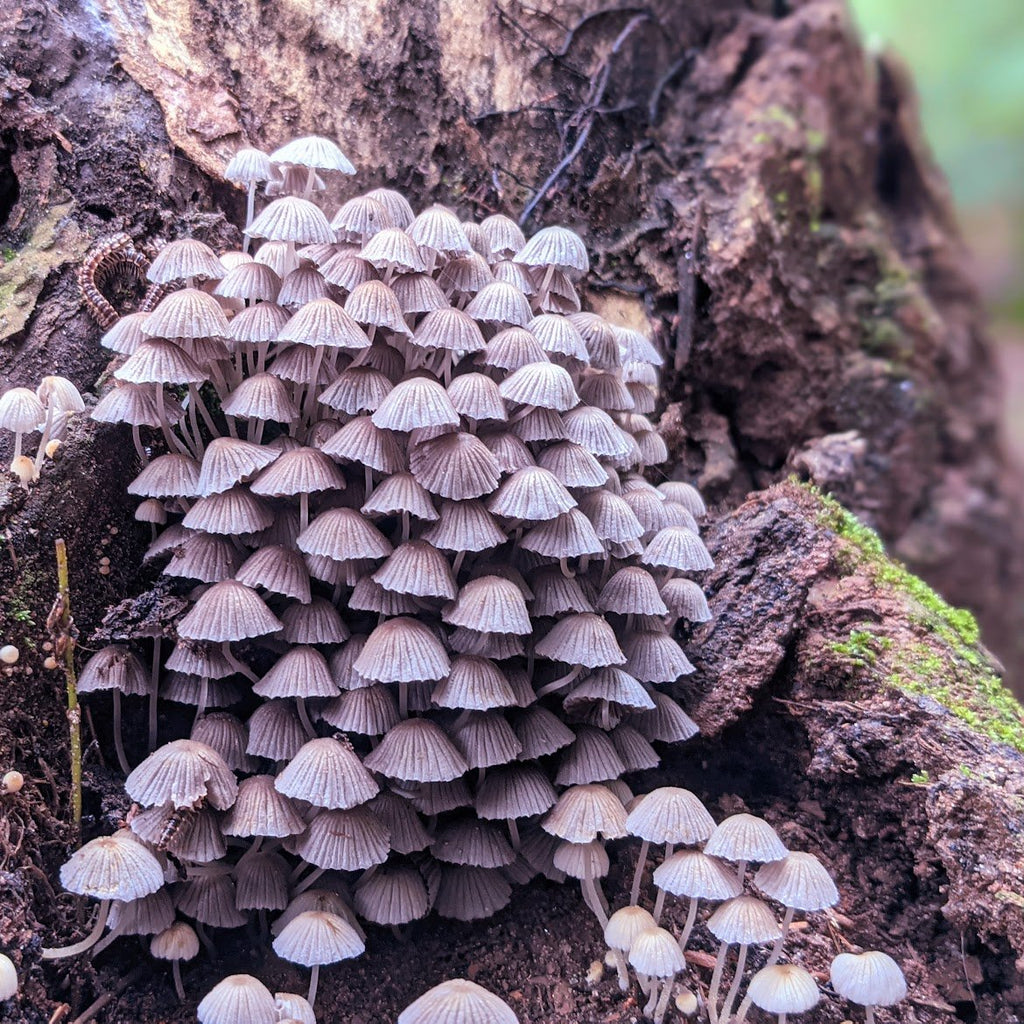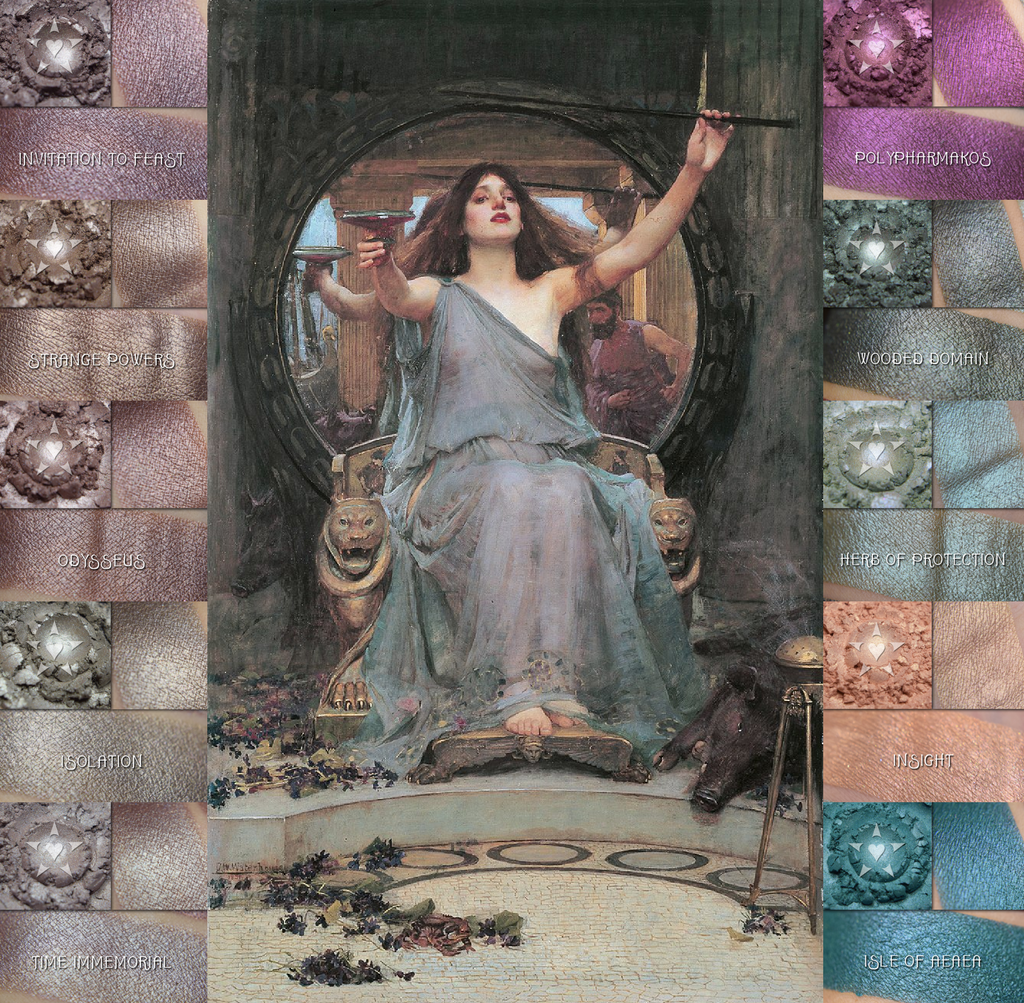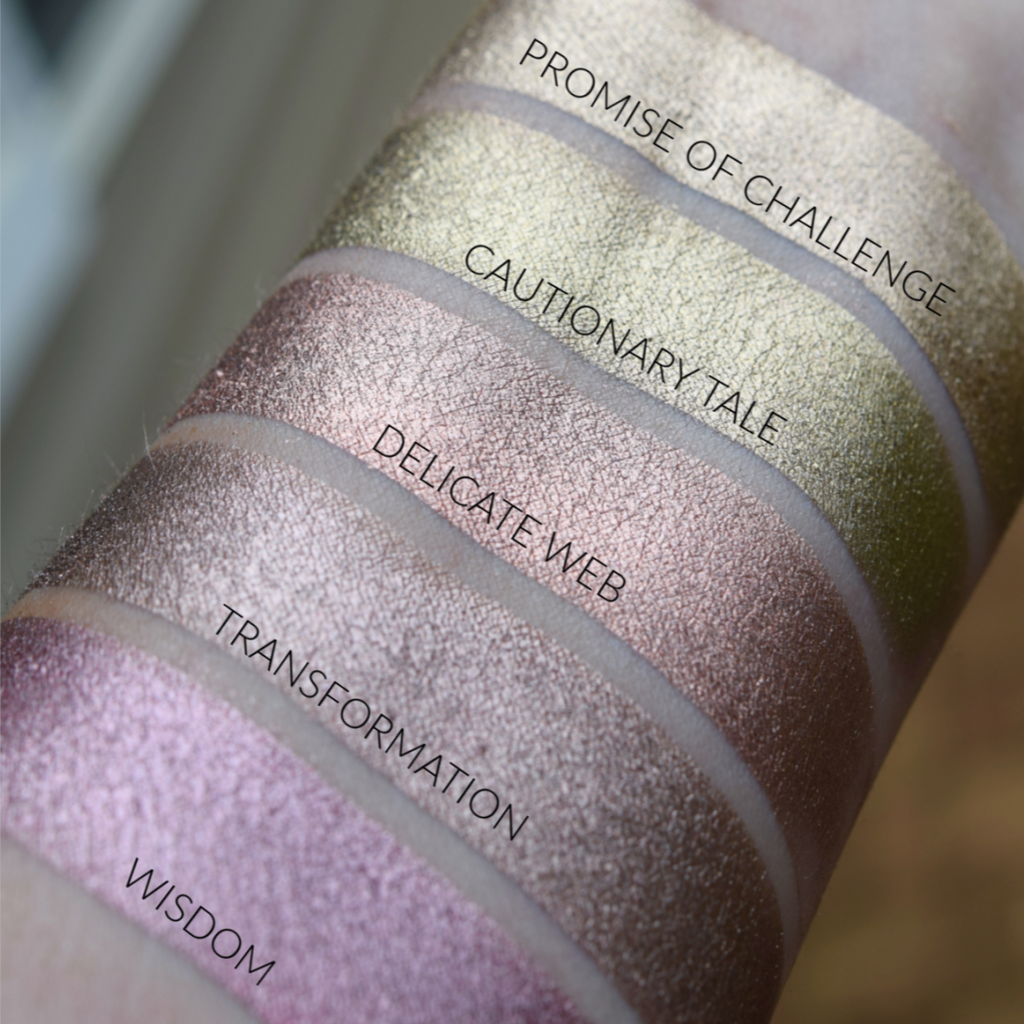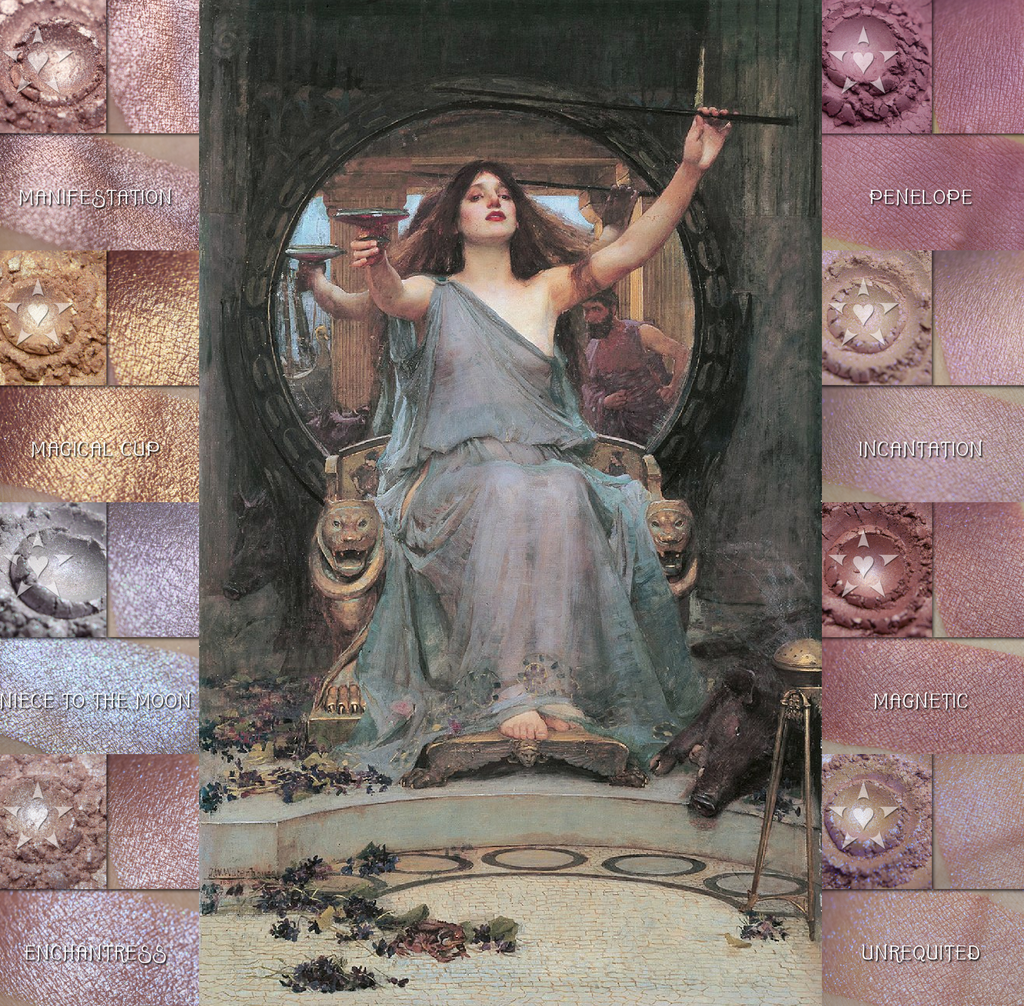ANACAONA - Rouge - CLEARANCE
- Regular
- $1.94
- Sale
- $1.94
- Regular
- $2.59
- Unit Price
- per
ANACAONA - Rouge
This is ANACAONA, a buffed rosy copper.
- Full Sized Jar ( aka "20 gram" jar) holds approximately 7 grams net weight of blush.
- Mini Jar (aka "10 gram" jar) holds approximately 4 grams net weight of blush.
- 1/4 teaspoon in a 2x2 inch zip baggie This is enough product for many samplings
Made in the USA
**Ignis Antiquita Rouges are a mineral makeup product and thus are colored with mica and have various levels of shimmer- some more so than others depending on the color formula and also dependent on level of application. We sell samples of all of our products so that you can try before you purchase full sizes.
NOTE: While we have made all attempts for photographs to accurately depict colors, photography unfortunately does not accurately reveal the depth and interplay of color and effect of these powders. Also, please note that variations do exist between different computer monitors.
More information about Anacaona:
From Wikipedia: Anacaona (from Taíno anacaona, meaning 'golden flower'; from ana, meaning 'flower', and caona, meaning 'gold, golden'; 1474-1503) was a Taíno cacica (chief), born into a family of chiefs, and sister of Bohechío, chief of Jaragua. Her husband was Caonabo, chief of the nearby territory of Maguana. Her brother and her husband were two of the five highest caciques who ruled the island of Kiskeya (now called Hispaniola) when the Spaniards settled there in 1492. She was celebrated as a composer of ballads and narrative poems, called areítos.
Anacaona was born in Maguana, where her Brother was Chieftain in 1474. During Christopher Columbus's visit in late 1496, Anacaona and her brother Bohechío appeared as equal negotiators. On that occasion, described by Bartolomé de las Casas in Historia de las Indias, Columbus successfully negotiated for tribute of food and cotton to be paid by the natives to the Spanish under his command.
The visit is described as having taken place in a friendly atmosphere. Several months later, Columbus arrived with a caravel to collect a part of the tribute. Anacaona and Bohechío had sailed briefly aboard the caravel, near today's Léogâne in the Gulf of Gonâve as his guests. At first relations between natives and Conquistadors were cordial, the natives realizing too late their lands were actually being stolen and their subjects enslaved.
Anacaona's high status was probably strengthened by elements of matrilineal descent in the Taíno society, as described by Peter Martyr d'Anghiera. Taíno caciques usually passed inheritance to the eldest children of their sisters. If their sisters had no children, then they chose among the children of their brothers, and when there were none, they fell back upon one of their own.


























































